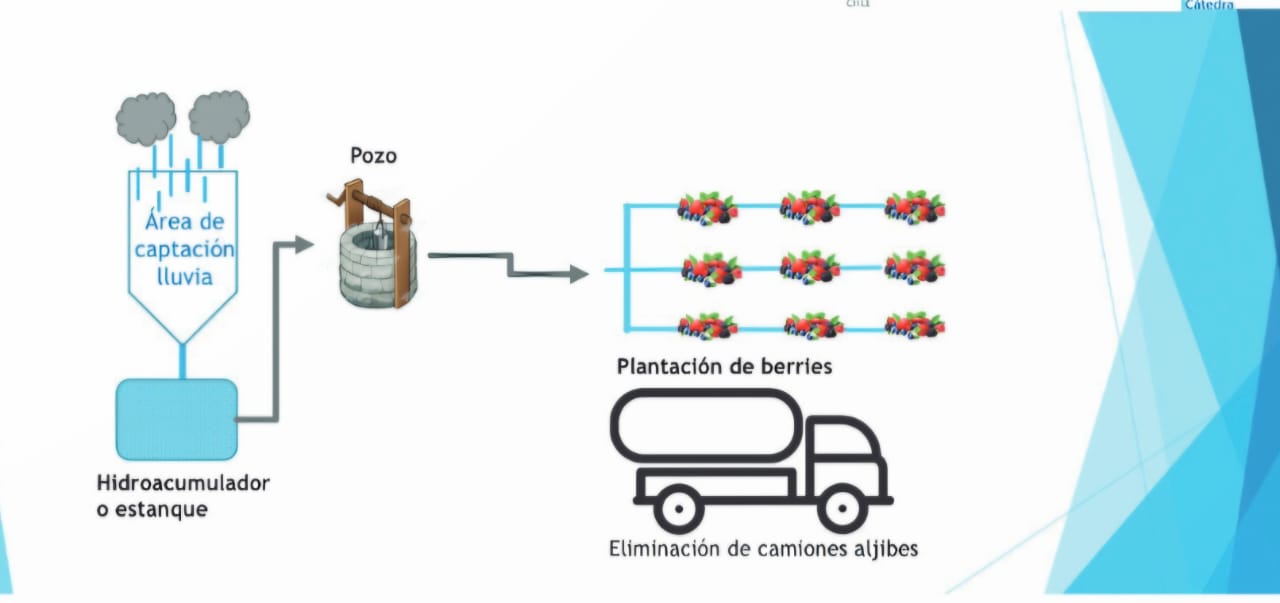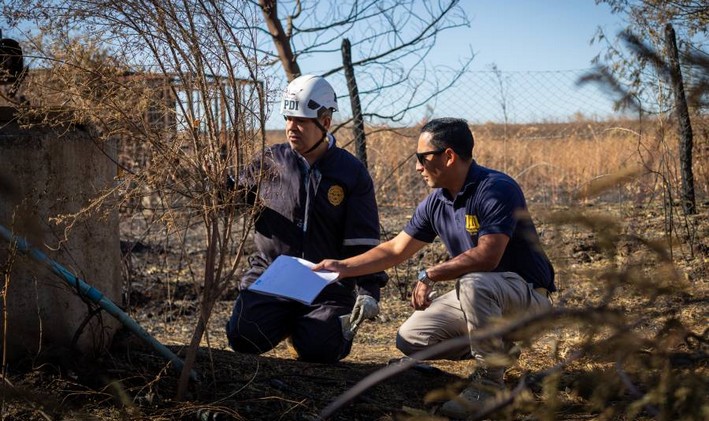Local Solutions to Tackle Timber Theft in the Bio Bío Region
One of the main problems in the province of Arauco in recent years has been timber theft and the significant impact this crime has on companies in the forestry sector, a situation that requires a comprehensive view of information and the management of new security measures. This is the case of the timber prototyping being carried out at the Faculty of Forest Sciences of the University of Concepción, proposed by researcher and Dr. Vicente Hernández.
RFID Technology: Ideas and Solutions Emerge for the Forestry Sector
According to estimates by the Timber Corporation, timber theft has increased exponentially over the last four years, resulting in rising losses of resources involved, ranging from around US$20 million in 2018 to over US$100 million today.
From another perspective, this means that by 2021, approximately 50,000 trucks carrying stolen timber should have traveled on the roads of our country (source: https://www.emol.com/noticias/Economia/2022/08/04/1068852/robo-madera-impacto-economia-sectores.html). On the other hand, companies like CMPC estimate their losses due to timber theft in the southern macrozone at around US$50 million (https://www.biobiochile.cl/noticias/nacional/region-del-bio-bio/2022/07/20/cmpc-cifra-en-us50-millones-perdidas-por-robo-de-madera-y-pide-medidas-permanentes-en-macrozona-sur.shtml).
Therefore, there is an inherent interest in developing methods or technologies that allow for more exhaustive control during timber transportation and facilitate the tracking of stolen timber, determining its origin.
This is why various faculties at the University of Concepción have received requests and conducted consultations on this topic with companies in the sector. The main requirement is the development of a system to mark timber that cannot be easily removed, is invisible to the naked eye, and can be revealed through special technologies or chemical means. In this line, Dr. Vicente Hernández, a professor at the Faculty of Forest Sciences of the University of Concepción, proposes the development of an RFID (radio frequency identification) technology with specific characteristics for the local industry. This comes after weighing the advantages and disadvantages of other technologies, such as invisible ink or chemical marking—systems that do not offer the benefits of RFID identification. These types of devices for tracking timber logs have existed for years; however, their cost is a barrier to entry, and the characteristics of available devices can pose problems in some wood industry processes. For example, plastic contamination in pulping processes. Thus, the local approach involves using RFID technology and manufacturing an implantation medium that also uses a lignocellulosic material that does not interfere with subsequent wood processing and can protect the tracking device. This gives rise to the idea of creating a device that meets these characteristics, enabling timber tracking from the forest to production processes.
It is worth noting that there is a wide variety of radio frequency tracking chips—for example, pet microchips are even smaller than a grain of rice, making them easy to conceal.
Investing in Security Control with Additional Benefits
To date, the project is in the experimentation phase, with the first prototypes produced, and field tests are expected in the short term. However, control and security are not the only benefits of the technology. The use of radio frequency identification devices is a powerful tool for inventory management. The technology can be adapted for mass scanning, enabling rapid production control, where log characteristics such as origin, diameters, lengths, or other quality attributes of interest can be obtained simultaneously.
In this way, the device can be inserted in the field during harvesting, entering the attributes of interest that then feed a database directly connected to the plant receiving the load. This would allow managing information through a digital platform, facilitating production and harvest management by establishing a communication channel between the planting site and the timber's destination.
The final expectation of this initiative is to have a portal that, at each reference point, allows reading all the information about loads and specific descriptions of each product, identifying any resource losses and simplifying and accelerating the sector's production processes.
Additionally, mobile detectors could be introduced to identify stolen timber in case of seizures, enabling active tracking of each asset.
The importance of developing this technology lies in the possibility of multidisciplinary collaboration among the different faculties of the University of Concepción, creating a resource of vital importance for the timber sector in the Bio Bío Region and the country.
At this point, there is an opportunity to incorporate companies willing to join this project, providing financial support for the pilot or applying for subsidies to back this UdeC initiative.
Professor Hernández explained that starting in October, he expects to begin field research for this innovative prototype.
Contact: vhernandezc@udec.cl

















